Grateful Dead vs. Dead & Company: Differences and Legacy
The Grateful Dead, synonymous with psychedelic rock and improvisational jams, left an indelible mark on music history. Their influence extends far beyond their era, inspiring generations of musicians and fans with their unique blend of rock, folk, blues, and experimental sounds.
Dead & Company emerged from this rich legacy, carrying the torch forward while forging its path. Formed in 2015, this ensemble brought together surviving members of the Grateful Dead with new talents, creating a dynamic blend of experience and fresh perspective.
Dead & Company walks a tightrope between honoring the Grateful Dead’s tradition and evolving for new audiences. They celebrate the band’s iconic catalog while infusing it with their energy and improvisational spirit. This delicate balance has earned them critical acclaim and a devoted following, proving that the Grateful Dead’s music remains as vital and relevant as ever.
History and Formation
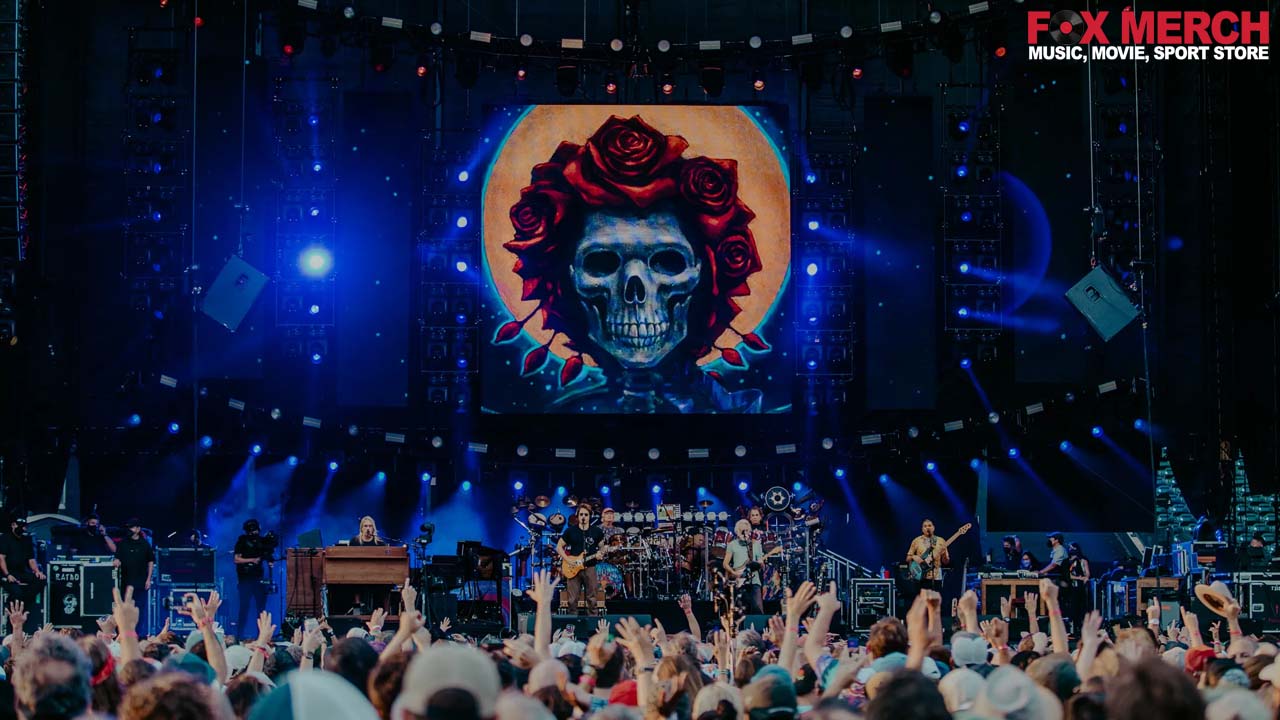
The Grateful Dead’s story began in 1965 amidst the vibrant counterculture of San Francisco. Born from a convergence of folk, blues, and psychedelic influences, the band quickly gained a reputation for their free-flowing improvisations and marathon concerts. Founding members Jerry Garcia (guitar, vocals), Bob Weir (guitar, vocals), Phil Lesh (bass), Ron “Pigpen” McKernan (keyboards, vocals), and Bill Kreutzmann (drums) created a sound that defied categorization.
The Dead’s impact on music and culture is undeniable. Albums like American Beauty (1970) and Workingman’s Dead (1970) showcased their songwriting prowess, while their live performances became legendary for their unpredictable jams and communal atmosphere. Their devoted fanbase, the Deadheads, further solidified their status as a cultural phenomenon.
Fast forward to 2015, and Dead & Company emerged, carrying the torch of the Grateful Dead into a new era. Original members Bob Weir, Bill Kreutzmann, and Mickey Hart (who joined the Grateful Dead in 1967) joined forces with John Mayer (guitar, vocals), Oteil Burbridge (bass), and Jeff Chimenti (keyboards). This fusion of generations aimed to keep the music alive, introducing it to new audiences while satisfying longtime fans.
Dead & Company’s formation was driven by a desire to celebrate the Grateful Dead’s legacy while allowing the music to evolve. They recognized the power of this music to connect people and create shared experiences, and they sought to continue that tradition for years to come.
Musical Style and Performance
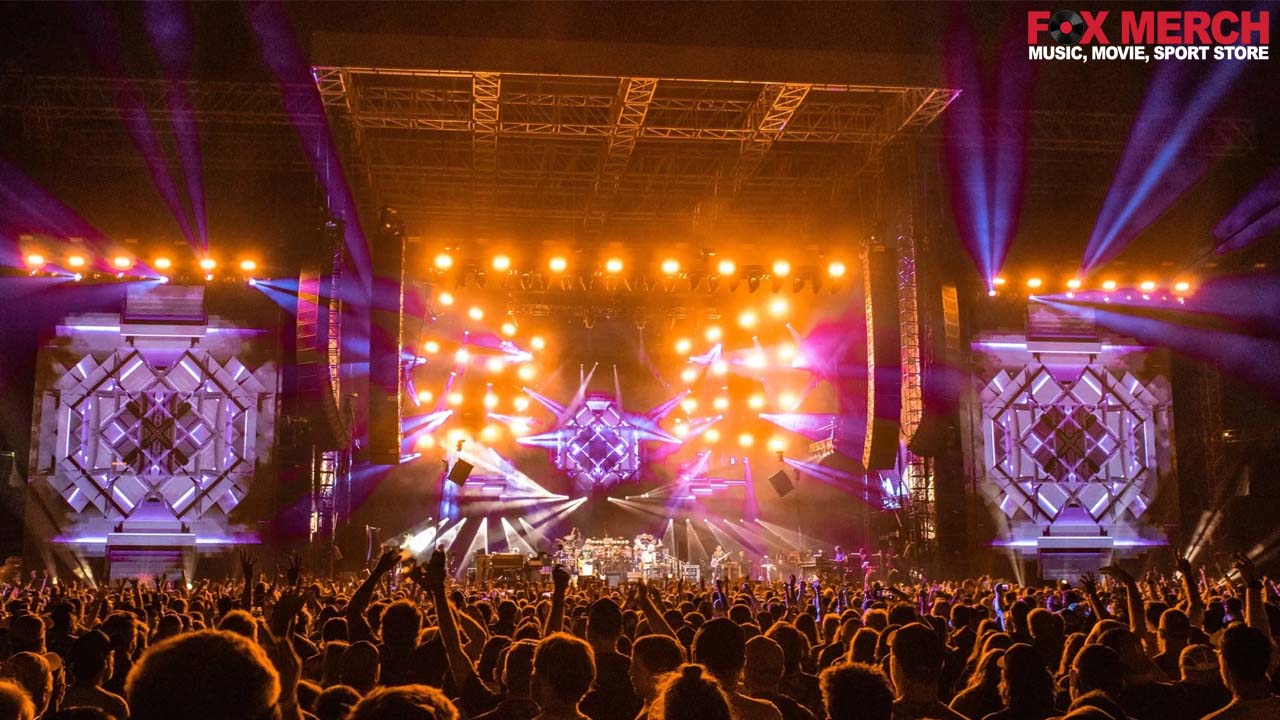
The Grateful Dead pioneered the “jam band” genre, becoming synonymous with extended, improvisational jams that took their songs on unpredictable journeys. Their concerts were legendary for their free-spirited approach, with setlists that changed nightly and a musical exploration that knew no bounds. Signature songs like “Truckin’,” “Ripple,” and “Dark Star” became vehicles for improvisation, often stretching into epic, transcendent jams.
Dead & Company carries on this improvisational spirit with a modern twist. While honoring the Grateful Dead’s legacy, they inject their personality and influences into the music. John Mayer’s blues-infused guitar playing adds a new dimension to the sound, while his vocals blend seamlessly with Bob Weir’s, creating unique harmonies.
The live performance dynamics differ between the two bands. While the Grateful Dead often ventured into abstract and experimental territory, Dead & Company maintains a more structured approach, with tighter jams and a greater emphasis on song structure. Set arrangements also reflect this difference, with Dead & Company often featuring themed sets or focusing on specific eras of the Grateful Dead’s catalog. However, the core element of improvisation remains central to their performances, ensuring each show is a unique and unpredictable experience.
Fan Base and Cultural Impact
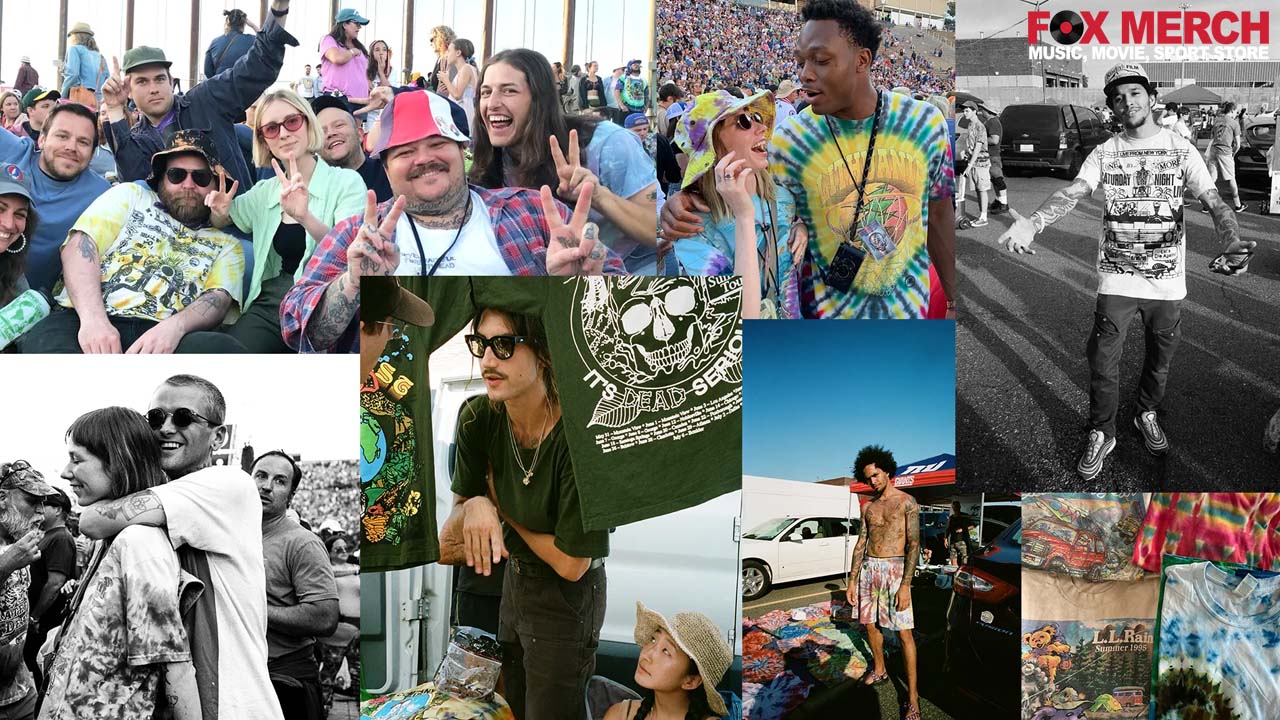
The Grateful Dead cultivated a unique and devoted fanbase called “Deadheads.” These loyal followers often traveled long distances to attend multiple shows, creating a nomadic community bound by their shared love for the music and the band’s ethos of freedom and exploration. Deadheads became synonymous with tie-dye, dancing bears, and a free-spirited lifestyle that embraced counter-cultural values. Their dedication helped solidify the Grateful Dead’s status as a cultural touchstone, influencing fashion, festivals, and alternative lifestyles.
Dead & Company inherited this passionate fanbase while also expanding it. John Mayer’s presence attracted younger audiences, bridging the gap between generations and introducing the music to a new wave of Deadheads. This revitalization of the “Deadhead” culture incorporates modern elements, such as social media engagement and online communities, where fans connect, share experiences, and keep the spirit of the Dead alive. Dead & Company’s concerts continue to be communal gatherings, fostering a sense of belonging and shared experience transcending age and background.
Key Differences Between Grateful Dead and Dead & Company
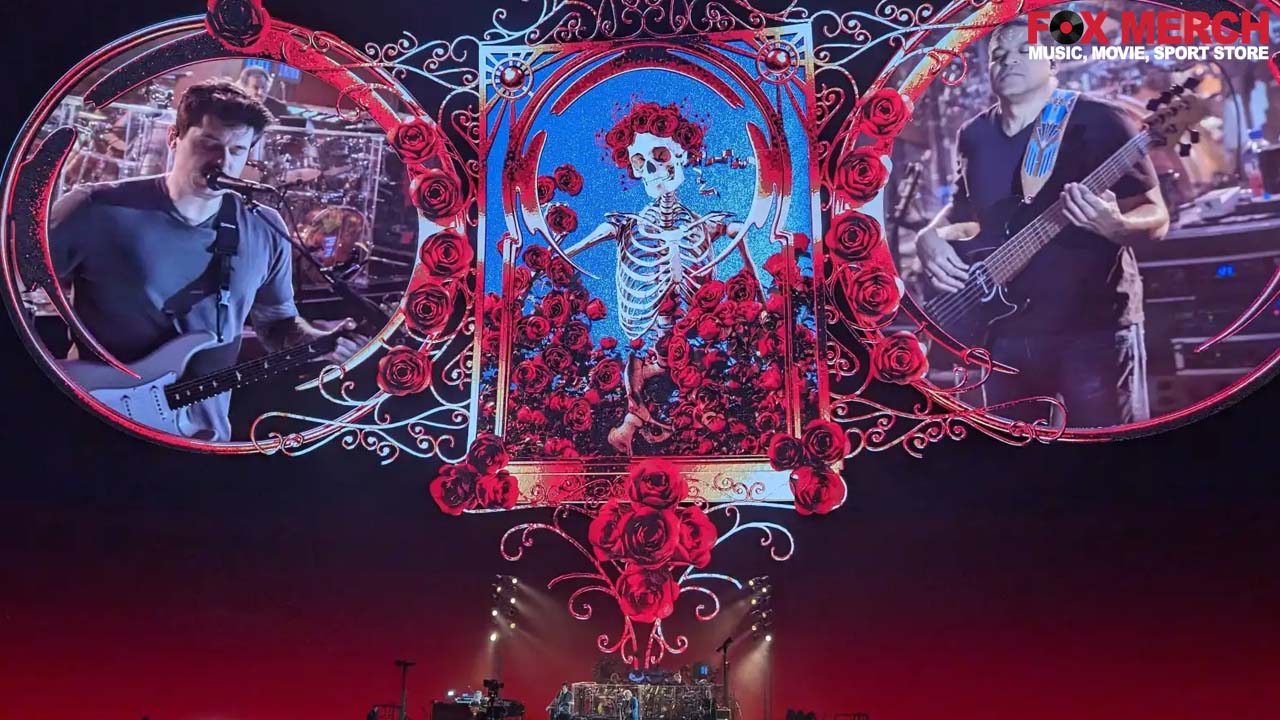
While Dead & Company honors the spirit of the Grateful Dead, some key differences distinguish the two bands. The most obvious is the shift in leadership and lineup. Jerry Garcia’s irreplaceable presence in the Grateful Dead defined their sound and direction. Dead & Company, with John Mayer stepping into the lead guitarist role, brings a different dynamic. Mayer’s bluesy style and vocal contributions add a new flavor while still capturing the essence of the Grateful Dead’s music.
The touring style also marks a difference. The Grateful Dead, especially in their early days, embraced a more grassroots approach to touring, often playing smaller venues and emphasizing a close connection with their audience. Dead & Company, on the other hand, performs in larger stadiums and arenas, utilizing modern production technology to enhance the visual and sonic experience.
While rooted in the Grateful Dead’s legacy, Dead & Company’s sound has inevitably evolved. John Mayer’s influence, along with the contributions of Oteil Burbridge and Jeff Chimenti, adds new textures and colors to the music. While the improvisational core remains, Dead & Company’s sound leans more towards a structured approach, with tighter jams and a greater emphasis on song arrangements. This evolution reflects music’s natural progression and the musicians’ unique personalities.
The Legacy of Grateful Dead in Dead & Company
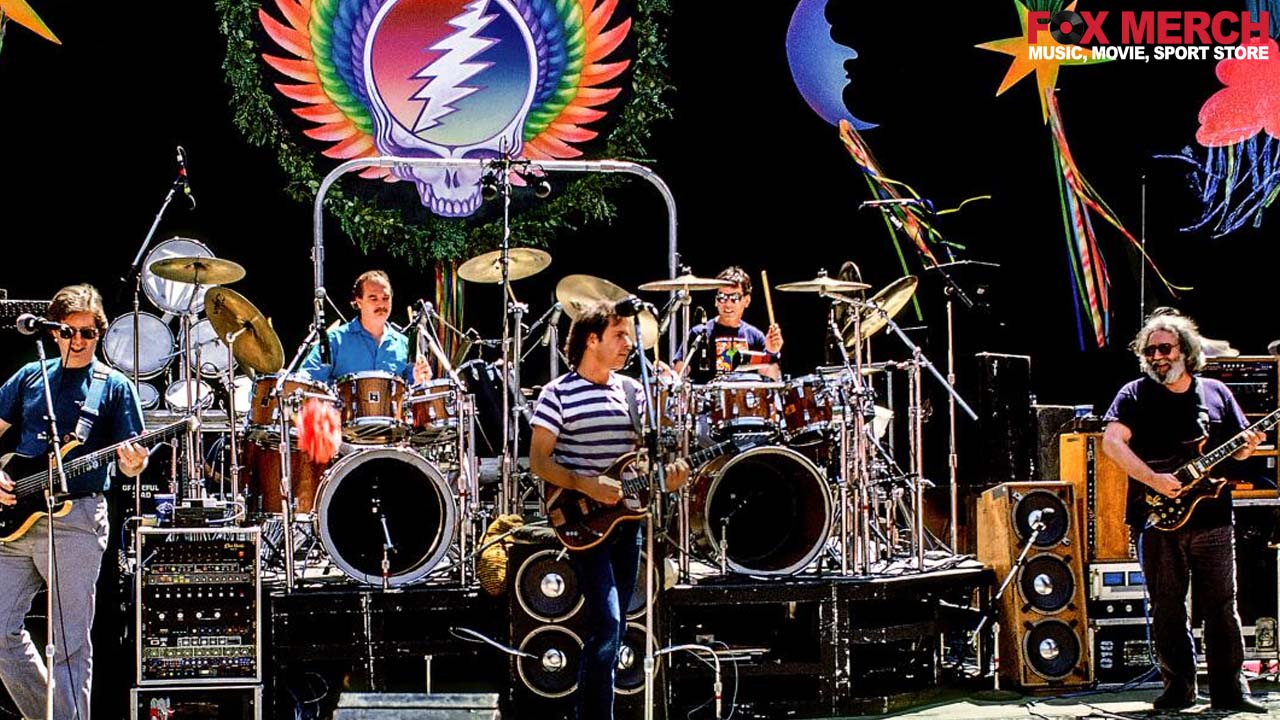
Dead & Company plays a crucial role in preserving the Grateful Dead’s legacy. By performing the band’s extensive catalog, they ensure that these iconic songs continue to resonate with old and new fans. They keep the spirit of the music alive, offering a live experience that echoes the communal gatherings that defined the Grateful Dead’s concerts.
However, Dead & Company does more than preserve the past; they innovate upon it. They bring a fresh perspective to the music, incorporating new ideas and influences while remaining true to the Grateful Dead’s ethos of improvisation and exploration. This balance between honoring tradition and embracing change is essential to keeping the music relevant and engaging for future generations.
Symbolically, Dead & Company represents the passing of the torch. It signifies the enduring power of the Grateful Dead’s music and its ability to connect people across generations. By bringing younger musicians and fans into the fold, Dead & Company ensures that the community remains vibrant and the legacy continues to evolve. They are a testament to the timeless nature of great music and its capacity to inspire and unite.
Conclusion
The Grateful Dead and Dead & Company hold unique places in music history. While the Grateful Dead pioneered the jam band genre and cultivated a devoted following with their experimental, improvisational approach, Dead & Company carries the torch forward, introducing the music to new generations and adding their distinct flavor to the mix.
Despite their differences, both bands share a commitment to musical exploration, community, and the creation of transformative live experiences. They have each shaped jam band culture profoundly, leaving a legacy that continues to inspire and influence musicians and fans.
Embrace the music and keep the spirit alive! Explore our Dead & Company merchandise collection and celebrate the Grateful Dead’s enduring legacy.
